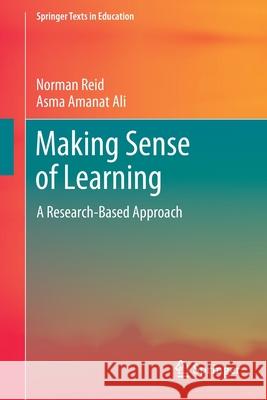Making Sense of Learning: A Research-Based Approach » książka
topmenu
Making Sense of Learning: A Research-Based Approach
ISBN-13: 9783030536763 / Angielski / Miękka / 2020 / 496 str.
Kategorie:
Kategorie BISAC:
Wydawca:
Springer
Seria wydawnicza:
Język:
Angielski
ISBN-13:
9783030536763
Rok wydania:
2020
Wydanie:
2020
Numer serii:
000794579
Ilość stron:
496
Waga:
0.72 kg
Wymiary:
23.39 x 15.6 x 2.67
Oprawa:
Miękka
Wolumenów:
01
Dodatkowe informacje:
Wydanie ilustrowane











